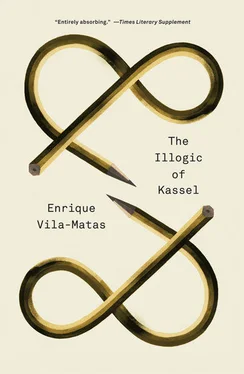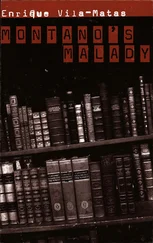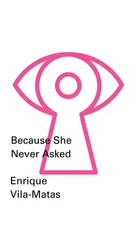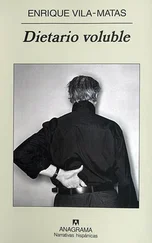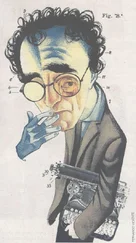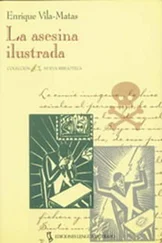What Huyghe had installed within the confines of the Karlsaue was a compost pile for producing humus. I didn’t find this out myself but from Pim, as I barely knew what humus might be. Later, at night in the cabin, I looked up more information about the mulch apparently being made there and about other unsettling questions related to the place. The French artist had managed to transform an area of French garden, that is, an area of well-ordered nature within the park, into a space in the process of construction/destruction, suspended in time, with both live and inanimate elements. The presence of two dogs wandering around as part of the work was conspicuous. One of them (the one with its leg painted pink) was extremely famous, the best-known dog in Europe at that time and an absolute icon for Documenta 13.
One of the odd things that occurred to me about that weird place was that it seemed to have been created especially for me, or for people very like me, in order for us to better reflect (via the all-pervading smell of the humus) on the mortal weariness of the West, the many instances of devastating fatigue that were running through the continent.
Near the compost pile was the statue of a reclining woman on a pedestal; the statue’s head was full of bees — real live ones — buzzing inside a great honeycomb. The statue was part of the compost pile and vice versa. Through the humus, that is, everything obtained by the biochemical decomposition of organic waste — roved the media hound, the lithe and extremely skinny dog with one leg painted pink. That hound loved being photographed. It posed as soon as it saw a camera. It seemed, at that late stage of the summer, to be delighted by the cameras pursuing it and even more delighted by all the changes brought about by its great fame.
Pim told me they’d gone to Spain to find that dog, because the legislation governing animals there was more relaxed than in Germany, where they did not grant licenses to paint an animal’s leg pink. The hound, photographers aside, moved with surprising agility all over that peculiar area, in which there were also hallucinogenic plants (which I didn’t manage to see), logs piled up like mountains, slabs of cement, and even a big sink full of stagnant water. Chemical reactions, repetition, reproduction, formation, and vitality were all present in the work, but the existence of a system was quite uncertain. Nothing was allocated; there was no organization, no representation, no exhibition.
I remember that place was very different from all the rest. I’ve never seen more poetically expressed, with such horror and elegance, the idea of rupture with the classical beauty always so associated with art. It was astonishing how, stone by stone, even with the tire tracks of a truck in the mud, Huyghe had reconstructed everything in that strange spot that seemed abandoned; yet it was actually extremely well cared for. After being there just a short time, you could see the place demanded constant maintenance, which in the long run ultimately revealed how complex it was to maintain this preconceived chaos.
As I describe it now, thinking of the place, I realize that as time goes by, I’m getting better at understanding what I managed to see there on my first visit. I can’t deny that the first time I went in person to that unexpected compost pile (which didn’t hold too many spectators for long, given its smell and its disquieting disorder, the clear perception of a terrifying absence of any system whatsoever), I reacted very superficially. Not knowing what I had in front of me (or rather, what I did not have in front of me), I devoted myself to observing the peculiar life of that skinny Spanish hound with the pink leg amid the mulch.
Perhaps to complement the undeniable disquiet, the notable rejection generated by everything in front of us, a young blonde German woman — who seemed quite unhinged and was dressed in strict mourning — crossed impulsively before us, got up on a pile of rubble, and began to preach vehemently and at length about what we were seeing.
Pim told me the young woman was well known throughout Kassel and was just then expounding aesthetic theories on the weeds in the area, on what was natural and what was not in our rotten world. She claimed and proclaimed repeatedly that Europe had taken a wrong turn more than two centuries back with the triumph of reason and the idea of progress in the age of Enlightenment.
We looked at the statue of the woman with the large, active beehive for a head from a distance because, although there were some completely entranced passersby over in that direction, it didn’t seem a very good idea to approach her.
I recall the instant when the young madwoman and the statue appeared to have identical mental seething going on in their respective heads. Then they went back to having nothing in common, and all I know is that, as we moved away from the installation, the tragic voice of the madwoman talking of the ruin of Europe echoed continually in my ears.
We strolled along, and it was becoming increasingly obvious that walking cleared the mind, or ordered it to run more freely, helping us to speak more genuine sentences, perhaps because they were less carefully crafted. But from time to time, a phrase slipped out that was spontaneous, which nonetheless sounded complex, so much so that it even seemed preplanned and dropped like lead into a pool of uranium. I remember one that I let loose when we were still two hundred meters from the beautiful, French-style Orangerie Palace. I wonder, I said, whether a compost pile can be a work of art; I’m not saying it can’t be, indeed, maybe even the fact that it’s so far from being able to be art is precisely what makes it so. Pim didn’t answer. Her silence was interrupted by a phone call from Chus Martínez in Berlin. I realized straightaway it was the first time I was properly close to the person actually responsible for my invitation, unless Boston was toying with me again, phoning Pim and pretending to be Chus. But I soon saw it really was Chus on the other end of the line. Pim passed her over to me, and, luckily, I decided not to ask what she was expecting me to do at the antiquated table in the Dschingis Khan. That would have been a mistake. I saved myself from a scolding — from being asked, for example, how it was possible I didn’t have any ideas, when she’d entrusted me with the Chinese number so I could find out how to make good creative use of the absurdity of the commission.
I think that underneath it all, I was afraid Chus would say she had a feeling they’d tricked her when they told her I was one of the few avant-garde people around in boring old Spain. I’m glad I didn’t for a moment lose sight of the far from unlikely possibility that Chus — famous for being very clever — had invited me to Documenta to put me to the test. It was better to see things that way and not make mistakes I might regret later on; better to pitch myself onto that wild path of the most positive side and believe that with her illogical invitation to the Chinese restaurant, she’d endeavored to give my creativity a push, that is, she’d endeavored to see what I made of it when confronted with this oriental commission that made no sense.
I opted to see things this way and not more bitterly. I talked to Chus about something else, about Barcelona and the pro-independence rally. Chus knew my city well because she’d lived there for many years; it was a comfortable topic for a telephone conversation. I studied at a school in La Pedrera, she said, and it was really cool. I was surprised, not that she’d said “cool,” but that she’d studied in a school inside a Gaudí building. I’d never met anyone before who’d studied at such a curious school. Fortunately, at this point in the conversation I was also careful not to succumb to the temptation to make cheap psychological interpretations, saying, for example, that her vocation as curator or art agent must have been born between the four walls of her Gaudiesque school.
Читать дальше
